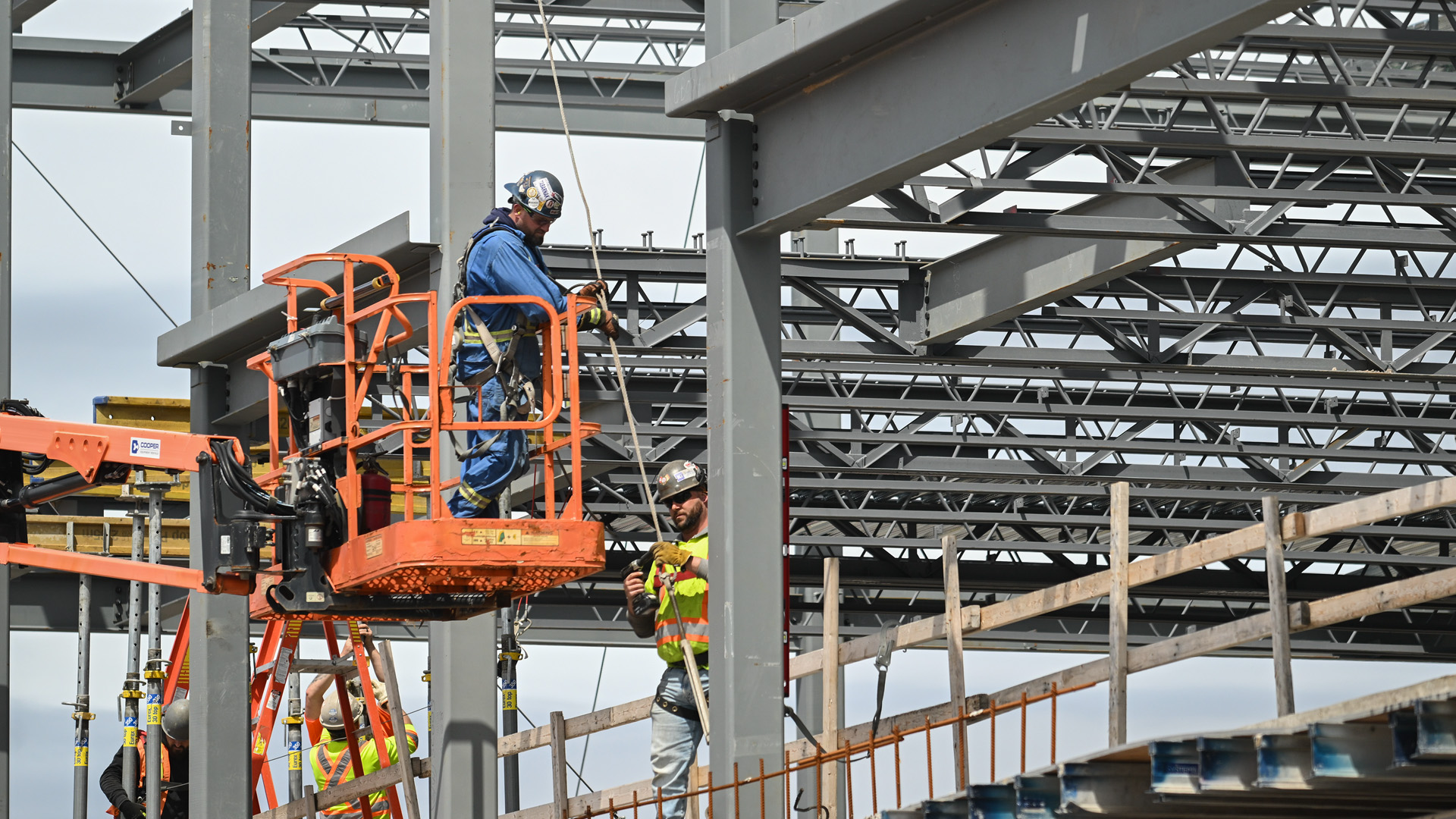
The 2022 annual report to Parliament on immigration and the accompanying 2023-25 Immigration Levels Plan, which outline the overall intake of newcomers, have attracted widespread support across provincial and municipal governments, businesses, settlement and immigration organizations, and the media, with few discordant voices. Arguments in favour of immigration based on demographics and labour market needs have been largely accepted by the public, with even right-leaning media reluctant to question these assumptions and levels.
While attention is focused on the planned annual increase of new permanent residents from 465,000 in 2023 to 500,000 in 2025, the number of temporary workers and international students is also expected to grow proportionately during this period. This is being fueled in part by recent changes that make it easier for firms to hire temporary foreign workers and the removal of work-hour caps for international students.
The report is remarkably silent on the negative impact of increased immigration on housing affordability and availability, access to health care, infrastructure, urban areas and the environment, as well as how the broad consensus in favour of higher levels has not been challenged by these externalities.
Canada’s immigration policy is at a crossroads
Immigration: beyond numbers and controversies
A digital transformation can make Canada’s immigration system world-class
However, more commentaries are starting to recognize these issues. Even the Century Initiative, one of the most prominent advocates of increased immigration, situates this in a context of “growing well” with a scoreboard of indicators to highlight gaps and issues. The Wall Street Journal reported on housing as a major issue. The Globe and Mail has analyzed the gap between immigration levels and housing, health care and infrastructure. Various media have highlighted how international students have become a labour source for low-wage jobs.
Few, however, take the logical next step and draw the conclusion that reduced immigration could help balance demand and supply for housing, infrastructure, primary and secondary education, the environment and inflation. Pressures on health care are only partially addressed by recruitment of foreign health-care workers because those arrivals are dwarfed by the number of other immigrants who add to the pressures on the system.
None of these issues has led to significant political discussion of whether continued expansion of immigration makes sense.
Opposition parties focus either on issues pertaining to particular groups (e.g., Afghan and Ukrainian refugees) or administrative failings such as backlogs. The Conservatives are justifiably fearful of being labelled racist or xenophobic. Challenging the fundamental assumptions and levels has largely become a third rail for all political parties except the Bloc Québécois and the People’s Party of Canada.
Commons committees and Senate committees tend to focus on concerns of particular stakeholders and immigration lobbyists wanting easier access, rather than asking more fundamental questions regarding immigration objectives, outcomes and numbers. Every province except Quebec is so captured by the demographic and labour shortage arguments that they, too, are largely silent on these impacts even if most of the impacts are in areas of provincial responsibility.
The general silence and unchallenged support of increased immigration levels reflect – at least in part – the demographic weight of immigrants and visible minorities in Canada. Visible minorities have formed more than 80 per cent of immigrants since the turn of the century and have become more important for electoral strategies.
Figure 1 shows the growth of visible minorities at the riding level: from 33 ridings in which visible minorities were the majority in 2011 to 51 in 2021 (separated out by ridings with more than 70 per cent and those with between 50 and 70 per cent). An additional 28 ridings have between 40 and 50 per cent visible minorities. The vast majority of these ridings are in Ontario’s 905 region and British Columbia’s Lower Mainland, making it largely impossible to form a majority government without winning most of these ridings. Similar demographics prevail in provincial elections in Ontario, British Columbia and Alberta.
All parties have candidate selection and policy and other electoral strategies to engage these communities, and the ongoing increase in the number of visible minority candidates and MPs reflects these strategies.
All governments bear a responsibility to acknowledge and discuss the impact of immigration given that it is a joint responsibility. But considering the federal government’s leadership role, future immigration and departmental plans should include a section on the impacts noted above to frame the issues and, ideally, a high-level discussion of government-wide initiatives to address them (as Doug Saunders’s book Maximum Canada lays out).
A broader, more nuanced and even critical focus in the federal immigration levels plan could inform a wider and more balanced federal, provincial and stakeholder discussion on population and immigration than the current focus on demographics and labour shortages. Given that immigrants and visible minorities also suffer from these impacts, it is by no means certain that they would perceive raising such issues as xenophobic or racist, or that this would constitute a political third rail in ridings with a large population of immigrants and visible minorities.
How the government used the pandemic to sharply increase immigration
By focusing on the practical impacts of immigration – housing, health care, infrastructure – politicization and polarization could be minimized, with greater awareness of the trade-offs involved in setting immigration policy and levels against societal challenges.
It is much easier to increase the numbers of permanent and temporary residents and international students than to address the broader impact across all sectors of increased immigration. Yet that is the more difficult but important task to maintain, if not improve, the quality of life of all Canadians, whatever their origins.











